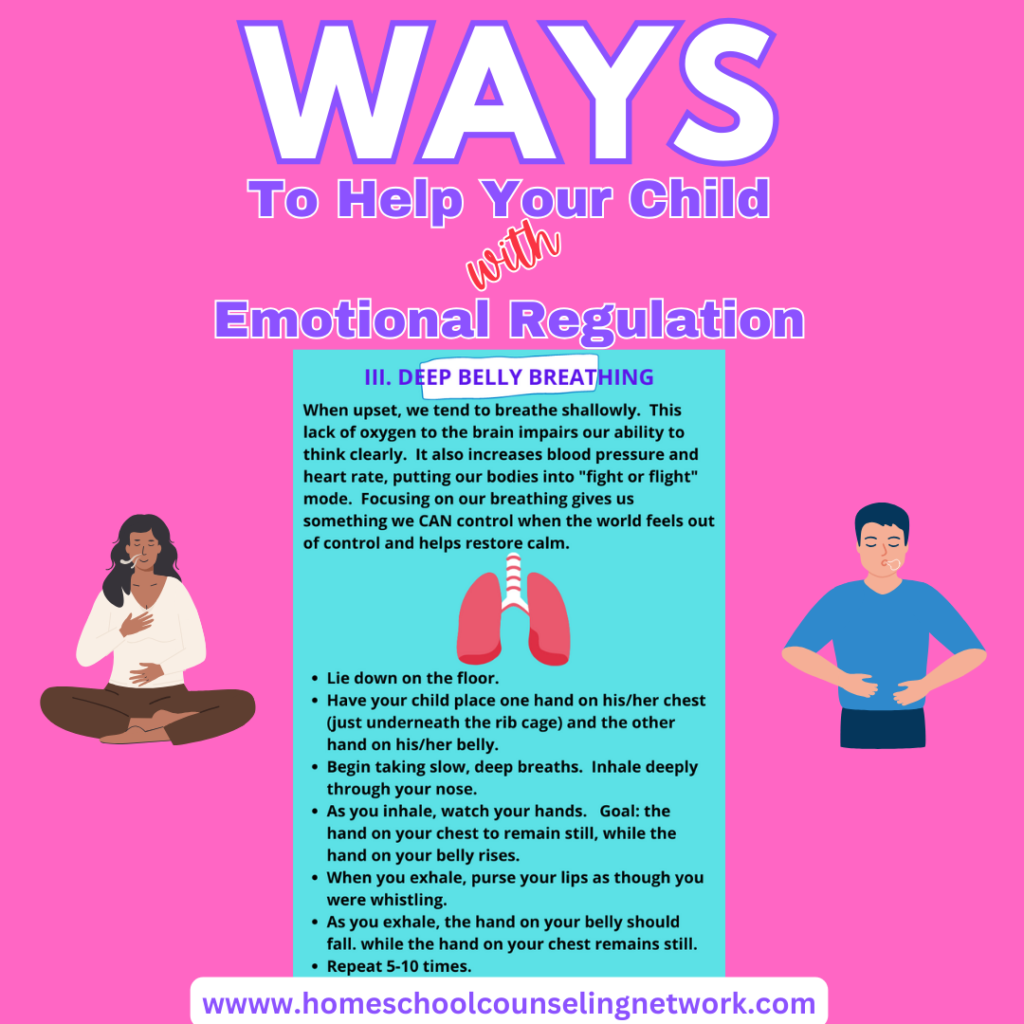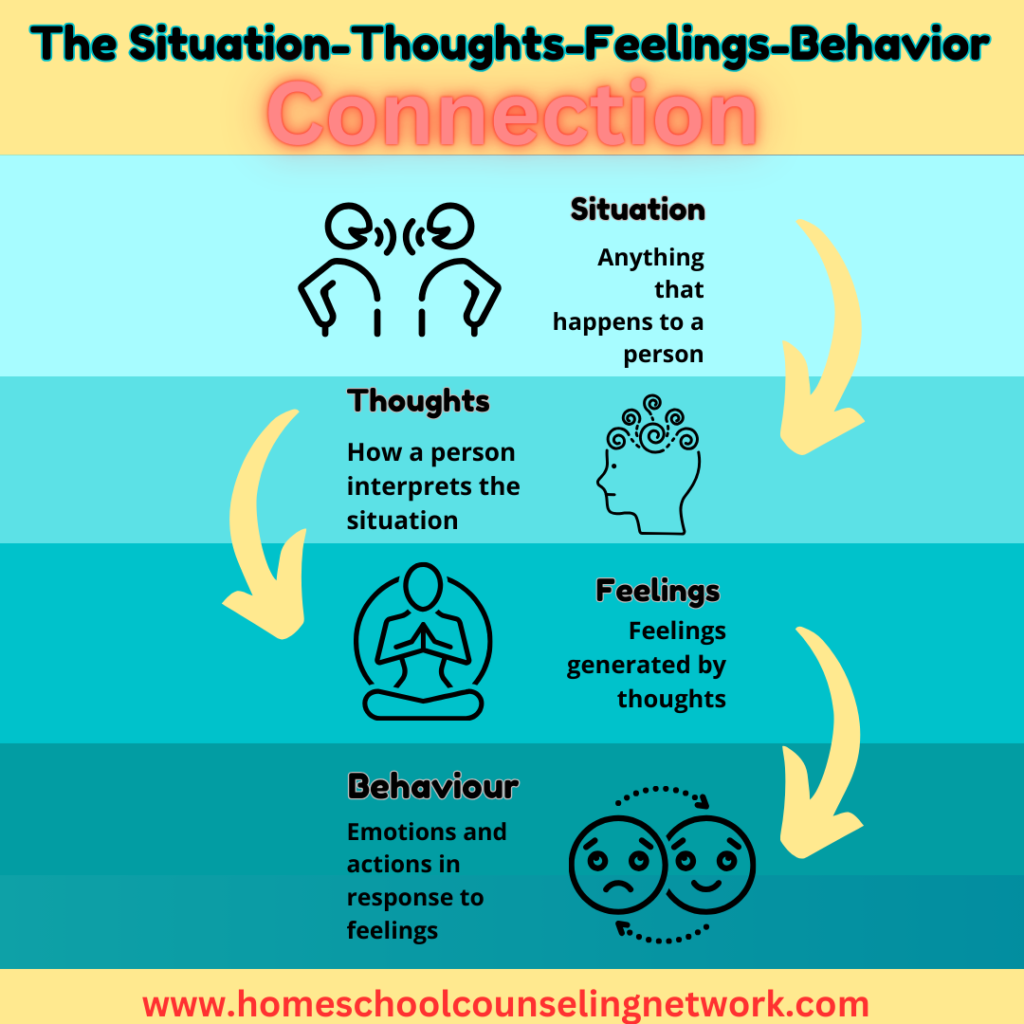How Deep Belly Breathing Can Help Your Child Cope With Big Feelings

Thus far, we have discussed The Power of the Pause, getting grounded, and how to use sound to soothe to help our children with emotional regulation.
Today, in part three of our series, Eight Ways To Help Your Child With Emotional Regulation, we will focus on our breathing.
Just Breathe
Breathing.
It’s something we so often take for granted.
Most of us rarely even think about it until we are faced with an incident that impacts our ability to breathe freely.
Whether it be an asthma attack, a choking incident, or in my case, learning to hold my breath as part of a scuba diver training class, when an event strikes that impedes our ability to breathe properly, we sit up and take notice.
Anxiety attacks and panic attacks are no different.
While the body may be in no real risk of danger, the mind begs to differ. The brain sends signals to the body to respond accordingly. Survival mode kicks in. We fight, flee, freeze, or faint. Our limbic system is fired up and ready to go.
But what if practicing how we breathe could help us cope in these challenging situations?
Retraining Our Brains
When we repeatedly react to non-life-threatening situations as though our lives are actually in danger, we end up teaching our brain to continue to send out the “danger Will Robinson” signals even where they are not necessary.
Our limbic system, and particularly our amygdala gets one heck of a workout.
Over time, this is how fears and phobias are reinforced.

Learning how to breathe properly is one way to help retrain our amygdala.
Breathe With Attention and Intention
Just breathe.
Simple, yet powerful.
Learning how to breathe adds one more tool to our toolbox to help us combat anxiety, manage stress, conquer fear, and regulate our emotions.
When we cannot control anything else that is going on around us or within us, we can control how we breathe.

Deep Belly Breathing, also known as abdominal breathing or diaphragmatic breathing, is a conscious, focused method of controlling one’s breathing to reduce stress or anxiety.
Practiced for twenty to thirty minutes at a time consistently, it can become an automatic habit for the practitioner to easily recall under times of stress.
Practice Makes Progress
By no means am I here to say that learning special breathing exercises is the answer to all of your problems. It will not remove anxiety from you or your child’s life completely. Nor is it a magical cure. It is a tool, albeit a powerful tool, for your wellness and parenting toolbox.
It is important to note that you should practice these exercises with your child. You should also practice them during times of calm initially. Once you get the hang of the practice, best sure to practice it consistently. Doing so will help you form a healthy habit and improve your chances of recalling the technique when faced with moments of stress.
Coming Up
Over the next few blog posts, we will continue with our series, Eight Ways To Help Your Child With Emotional Regulation. In our next blog post, we will explore the benefits of cloudwatching.
That’s right!
Laying on your back in soft green grace on a sunny day can help you and your child tame the tantrum monster. To learn how, be sure to subscribe to our newsletter!
Keep In Touch
Be sure you do not miss a blog post by signing up for our email list, liking our Facebook, Instagram, Linked In, or Pinterest pages, or subscribing to our YouTube channel.
Like what you see here? Sharing is caring!
Blessings,
Kimberly Bennett, LPC
Founder/CEO, It’s Only Homeschooling
Founder/CEO, The Homeschool Counseling Network

This website is not a professional counseling website and nothing here should be construed as professional counseling advice. Although Kimberly Bennett, LPC is a Licensed Professional Counselor, she is not your counselor, and no counselor-client relationship is established unless she has signed an agreement with you. All information provided through this website is for informational and educational purposes only.